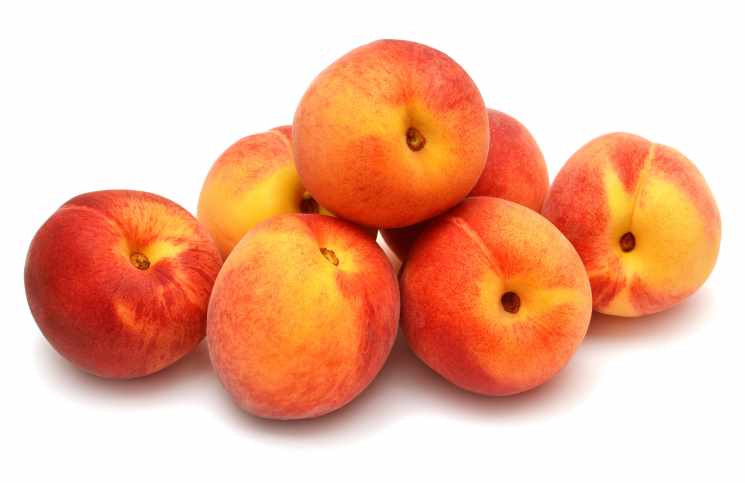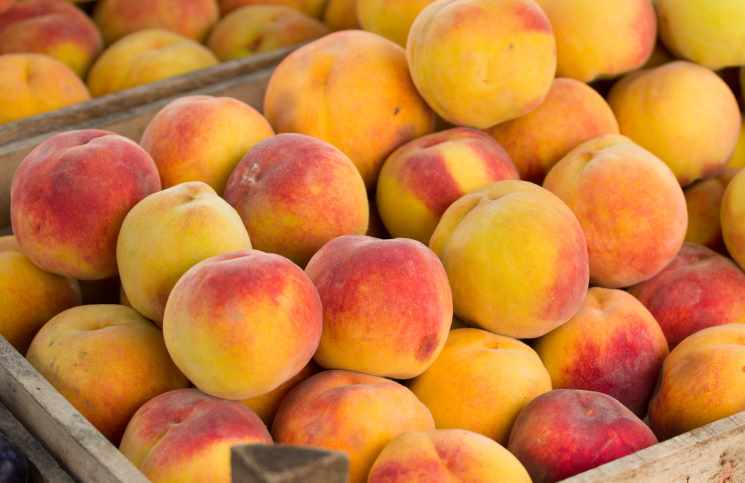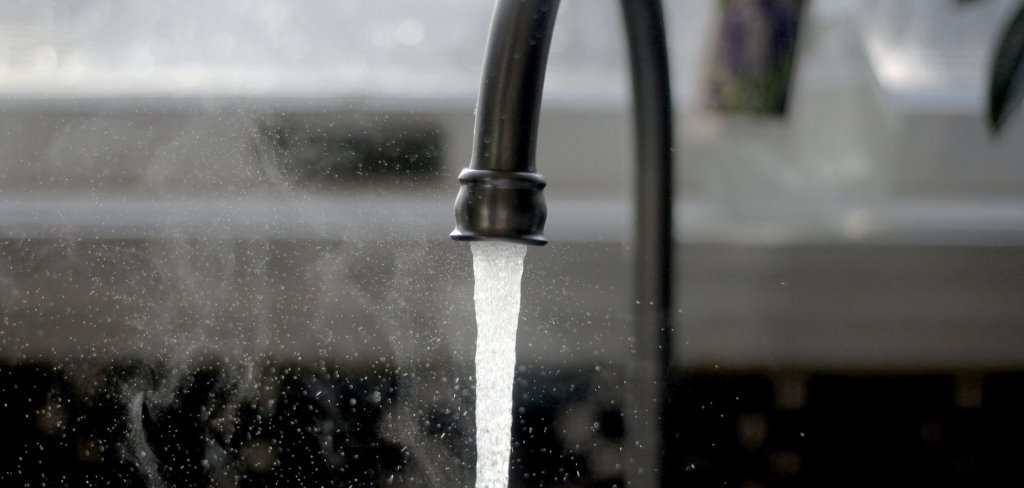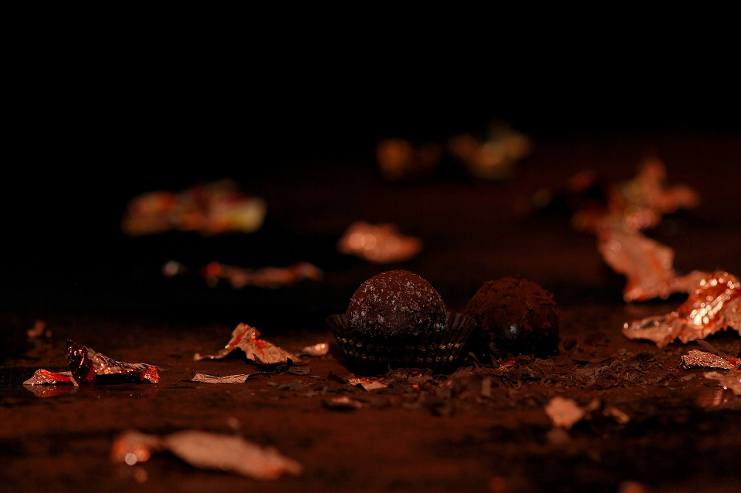Fuzzy-skinned peaches are a yummy low-cal fruit, ringing in at 68 calories per 100g serving. This antioxidant rich fruit helps to keep several systems of the body working in peak state.
Peaches share the same gene pool as the cherry, plum, avocado, and almond.
Despite what you might think, they aren’t indigenous to North America, Europe, the UK, or the tropics. Peaches first originated in Northern China, and were later transplanted to areas of Persia and civilized Europe during ancient times. It wasn’t until Europeans began to settle here that the peach found its way to North American soil.
Read on to learn more about the health and life saving benefits peaches can offer you:
1. Vision Maintenance
Though they don’t offer a great deal of this nutrient per serving, 1 small peach offers 2% daily value of beta-carotene; an antioxidant that’s used almost exclusively by the body to scavenge free radicals that accumulate in and behind the eyes. An equal amount of vitamin A is found in a single peach, which is also critical for long term vision maintenance as we age.
2. Healthy Skin
Peaches contain trace amounts of all essential vitamins and minerals. Along with wrinkle and age-reducing antioxidants which scavenge our cells for free radicals that enter the body from eating, breathing, and which are absorbed through the skin. The main antioxidant found in peaches is chlorogenic acid. Make sure to eat the skin for maximum antioxidant uptake from the peaches you eat. Peaches are equally valuable to skin health when the juice is applied directly to the skin and left there for several minutes or hours.
3. Fat Free & Low Calorie
This hairy fruit with a single seed in its center only has 68 calories per small peach, with 0g of fat. The sugar content (8.39g) is much lower than apples and many other fruits, when comparing the same 100g serving size.
4. Source of Phenolic Acids

Phenolic acids are powerful cancer-destroying antioxidants, which have been studied extensively in the areas of oral, breast, lung and colon cancers. Chlorogenic and neo-chlorogenic acid; both phenolics, have shown particular promise in treating women already diagnosed with breast cancer (source).
5. Lowers Cholesterol
Those same phenolic acids mentioned above also help to balance cholesterol levels in the body. The main mechanism of action here is the phenolics’ effect on preventing oxidation of LDL (bad) cholesterol, which leads to plaque formation on artery walls.
6. Improves Heart Health
Free radicals do more to our heart than oxidize cholesterol and cause plaque to form. They also cause wide-spread inflammation throughout the body, including the circulatory system. The antioxidants found in peaches work to control inflammation throughout the heart and bloodstream.
7. Source of Fiber
The 1.5g of fiber found in a small 100g peach isn’t anywhere near the 25 – 30g total most of us need every day. However, most of it is soluble fiber, which helps to reduce the fruit’s glycemic load and cleanse the blood of excess LDL cholesterol. Soluble fiber forms into small gel-like pockets inside our blood and bind to bad cholesterol then send it back through the digestive tract where it’s eliminated through the bowels.
8. Controls Blood Pressure
Trace amounts of iron (2% DV) and potassium (4% DV) in a small peach ensure healthy red blood cell formation and keep blood pressure at normal levels, respectively. Other trace nutrients found in a peach that help to maintain proper blood pressure include: magnesium, manganese, calcium, zinc, and phosphorous.
Tips for Getting the Most Out of Your Peaches
• If you plan to eat them right away: Choose peaches that have a little give when you squeeze them. If the skin of the peach breaks with little pressure, the fruit’s over-ripe.
• If you don’t plan to eat them immediately: Choose immature peaches that are very firm, with no give when you squeeze them. Take them home and place just what you plan to eat for the next few days in a sealed paper bag or home fruit ripener. Wait 24 – 48 hours and you’ll have fully ripe and ready-to-eat peaches.
• For maximum taste profile: Lightly squeeze some fresh lemon juice on your peach slices before serving. The sour-sweet contrast really heightens the taste, actually making them taste sweeter!




